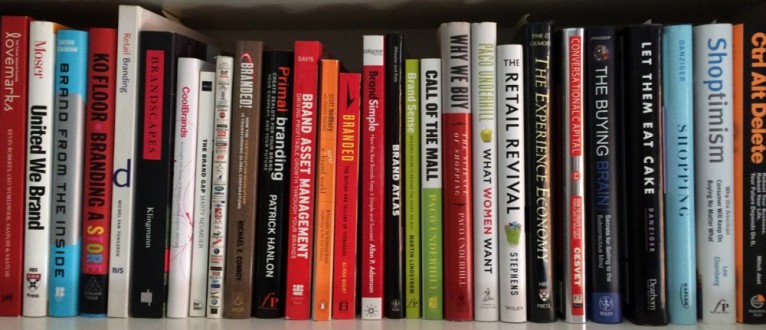As the 25th anniversary of the web passed last week, I considered how the retail world had morphed since 1989. Aside from the obvious birth of e-commerce and the eventual dawn of omnichannel retailing, what fundamental change did the web incite in retail?
With the ability to source information (& products) from virtually anywhere in the world, the consumer became more knowledgeable, sophisticated and in-touch. Their expectations were raised to a new level and retailers needed to respond.
For retailers, what emerged was an era focused on customer experience. In their book, The Experience Economy – Work is Theatre & Every Business a Stage published in 1999, authors B. Joseph Pine II and James H. Gilmore, claimed:
The internet is the greatest force for commoditization known to man
…..and that retailers needed to
…script and stage compelling experiences…to differentiate themselves in order to survive.
They introduced the idea of the 4 realms of experience – Entertainment, Educational, Escapism & Aesthetics – to engage customers and ideally provide transformative experiences. The likes of Starbucks and Nike led the paradigm shift and others followed.
During the past 15 years, the customer experience has become top-of-mind for retailers – but now we’re in a new era. The web gave us new ways to connect and share. Social media channels have grown exponentially and new networks continue to sprout up, giving consumers an endless ability to share their experiences, good or bad. Social media and content (inbound) marketing is surpassing traditional marketing for effectiveness and the ability to reach and engage customers.
It’s no longer enough to create experiences that resonate – they need to be noteworthy enough to share. Customer advocacy is the new ideal. In 2009, ahead of the curve, Bertrand Cesvet and the team at SID LEE published Conversational Capital – How to Create Stuff People Love to Talk About. They suggest that there are 8 engines of Conversational Capital – Rituals, Exclusive Product Offering, Myths, Relevant Sensory Oddity, Icons, Tribalism, Endorsement, Continuity – and that …
When some or all of these engines are incorporated into your experience, the result is Conversational Capital – fuel for stories consumers want to spread to others, the most valuable currency any marketer could hope for.
Regardless of how we define the formula for a great customer experience, and aside from e-commerce threats, the web has been a game changer for retail – customer experiences must now be fully engaging, transformative and shareable like never before. To continue to meet and exceed customer expectations, retailers will need to keep pace going forward, constantly evolving their orchestrated experiences.


